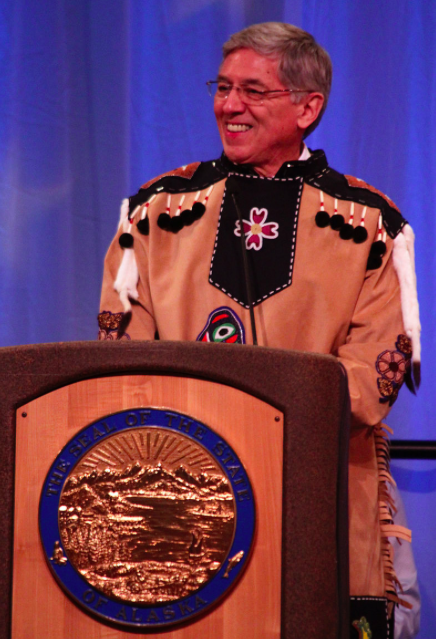
LIEUTENANT GOVERNOR FAILS HIS FIRST ELECTION
In all of Alaska, when voters go into the polling place, they are given just one ballot.
They get to vote a Republican ballot or an ADL ballot, which is an “everything else” ballot – Alaskan Independence Party, Democrats, Libertarians, etc.
Alaskans on Tuesday had to pick, as they do. If they are registered Republican, they could pick either ballot, but if they were Democrat, they could not vote the Republican ballot.
That is because Alaska Republicans have a closed ballot system, which simply means if you are registered with another party, you cannot vote that ballot.
You can, however, vote the Republican ballot if you are undeclared or nonpartisan or not saying what you are. Democrats have an open ballot; anyone can ask for it.
In District 18, for instance, Republican voters did not get to choose the Republican ballot and then also be allowed to vote the ADL ballot for Rep. Harriet Drummond, who is a Democrat running against Republican challenger Mike Gordon.
Voters on Tuesday could decide they wanted to vote for the top of the ticket for Republican incumbents Rep. Don Young and Lisa Murkowski (or their Republican challengers), or they could ask for the ADL ballot and see what was available there (Steve Lindbeck for Congress, Edgar Blatchford and Ray Metcalfe for Senate or Libertarian Cean Stevens for Senate). Their decision had strong down-ballot consequences.
Lt. Gov. Byron Mallott has badly mangled his first election. His Division of Elections is looking the other way while local officials stuff the ballot box, allowing at least one community, and perhaps others, to vote two ballots.
LT. GOV. BYRON MALLOTT ALLOWING BALLOT BOX STUFFING IN SHUNGNAK
When the Division of Elections Director Josie Bahnke told the Alaska Dispatch News that it really didn’t matter that people in Shungnak voted both ballots, she was wrong.
If people had only chosen the Republican ballot, they would not have been able to vote in the House race between Dean Westlake and Ben Nageak. That race is now five votes apart districtwide. The election has effectively been rigged by the local government, and now the state government.
Bahnke and the clerk in charge in Shungnak knew — as data exists from the last election — that the village was safely Westlake country, and they’ve determined that everyone should vote that Democratic ballot, even if they asked for a Republican one.
In that village, 48 votes went to Westlake and 2 went to Nageak. The results of that precinct also were not reported for 22 hours, long after all the other votes in the district had been reported and were known.
Who is aggrieved by this? Not just Ben Nageak, but every voter in District 40 who did not get to vote two ballots. Indeed, every other voter in Alaska who had to choose one ballot or the other has a legal case that they were not treated equally at the ballot box.
The buck stops with the lieutenant governor. Will anyone hold him accountable?
Relevant section of Alaska law:
AS 15.25.060. Preparation and Distribution of Ballots; Appropriate Ballot.
(b) A voter may vote only one primary election ballot. A voter may vote a political party ballot only if the voter is registered as affiliated with that party, is allowed to participate in the party primary under the party’s bylaws, or is registered as nonpartisan or undeclared rather than as affiliated with a particular political party and the party’s bylaws do not restrict participation by nonpartisan or undeclared voters in the party’s primary. For the purpose of determining which primary election ballot a voter may use, a voter’s party affiliation is considered to be the affiliation registered with the director as of the 30th day before the primary election. If a voter changes party affiliation within the 30 days before the primary election, the voter’s previous party affiliation shall be used for the determination under this subsection.